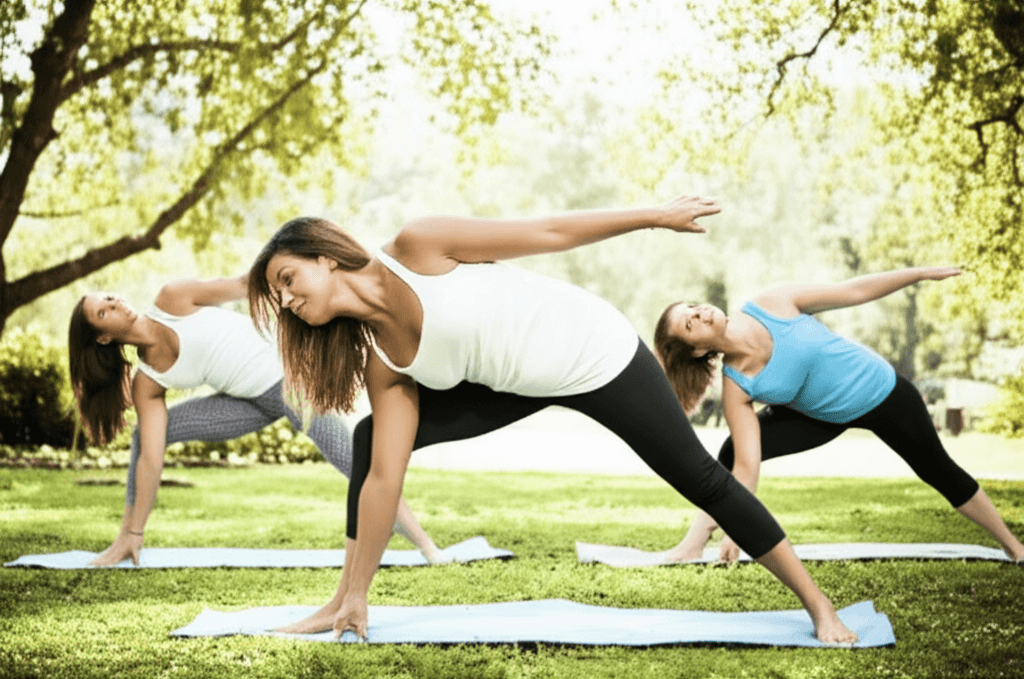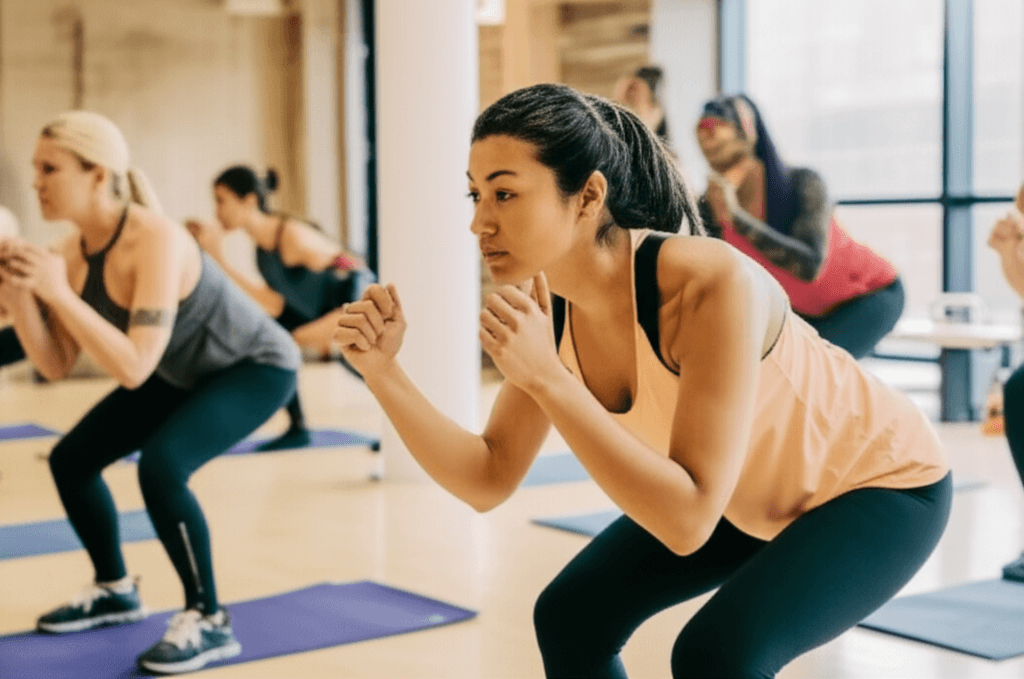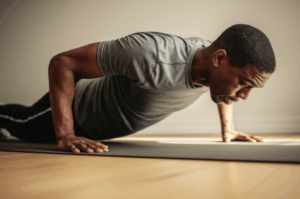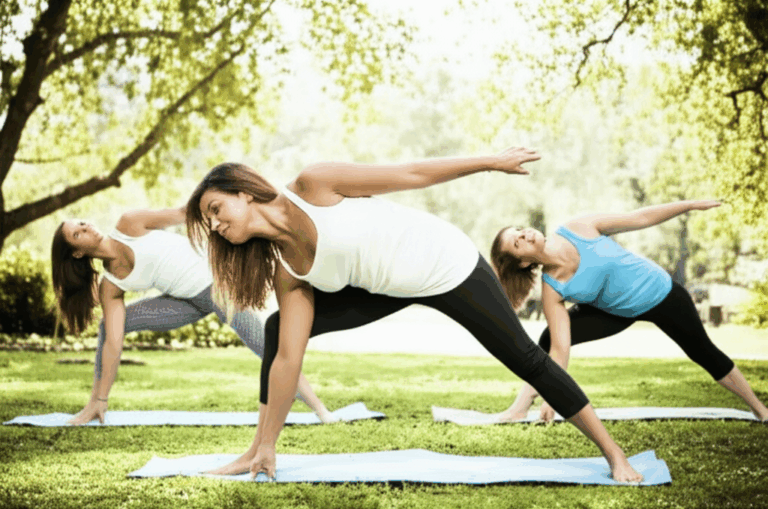Embarking on a fitness journey, or perhaps re-embarking after a hiatus, can feel like a monumental task. Life’s demands often push personal well-being to the back burner, leaving many women feeling overwhelmed by the prospect of getting back into shape. As National Women’s Health and Fitness Day approaches, it serves as a powerful reminder and a perfect opportunity to prioritize physical activity and holistic health. This day encourages women of all ages to engage in physical activities and make informed health choices, making it an ideal time to rekindle your commitment to fitness.

Understanding National Women’s Health and Fitness Day
Observed annually on the last Wednesday of September, National Women’s Health and Fitness Day is a nationwide initiative dedicated to promoting the importance of health and fitness for women across all age groups. This event highlights that while healthy living is crucial for everyone, women often have specific health needs and considerations. It’s a day designed to raise awareness about women’s health issues and empower women to actively manage their health through physical activity, healthy eating, and regular check-ups. Activities often include group exercise classes, wellness seminars, walking events, yoga sessions, and workshops on nutrition and mental health, encouraging women to explore new fitness activities and set personal health goals.
The day emphasizes that women’s health encompasses unique biological differences and specific health challenges, from reproductive health to how heart attacks affect women differently than men. It’s a call to action for women to prioritize routine medical check-ups, learn more about their bodies, and understand that consistent exercise can improve brain health, manage weight, reduce disease risk, strengthen bones and muscles, and enhance daily activities.

Why Restarting a Fitness Routine Can Feel Daunting
After a break, the thought of returning to a fitness routine can be intimidating. Whether due to injury, life changes, or simply a loss of motivation, many women experience feelings of discouragement when workouts that were once easy now feel tough. It’s common to set expectations too high, aiming to jump back in at a previous fitness level, which can lead to frustration, soreness, or even injury. Overcoming these mental hurdles is crucial for a successful and sustainable return to exercise.

Expert-Backed Strategies for a Successful Fitness Restart
Getting back into a fitness routine doesn’t have to be overwhelming. With a few simple, expert-backed strategies, women can build a sustainable routine, stay consistent, and achieve lasting progress.
Start Small and Build Gradually
One of the most critical pieces of advice is to start small and ease your way back into physical activity. Don’t aim for complicated workouts or hours at the gym initially. Incorporate 20-30 minutes of movement into your day, such as a brisk walk, light stretching, or a beginner workout video. Building consistency with small, achievable goals helps build confidence and avoids excessive soreness and injury. For instance, instead of aiming for five miles, start with a mile a couple of times a week and gradually increase.
Set SMART Goals
When setting fitness goals, remember the SMART acronym: Specific, Measurable, Achievable, Relevant, and Time-bound. Instead of a vague goal like “I want to get fit,” try “I want to walk for 30 minutes three times a week for the next four weeks.” Clear, realistic goals provide motivation and something tangible to work towards, preventing discouragement.
Prioritize Consistency Over Intensity
Consistency is key to long-term success. Twenty minutes of activity per day is often more beneficial and easier to maintain than two hours once a week. The aim is to make movement a regular habit. Committing to 2-3 gym sessions a week at first is enough to see progress without feeling overwhelmed. As your routine becomes second nature, you can gradually increase intensity or duration.
Find Activities You Enjoy
The best fitness routine is one you enjoy and will stick with. Consider what activities you genuinely like and what is feasible given your time and resources. If you find your current routine boring, experiment with new activities like dancing, cycling, yoga, or a recreational sports team to keep things fresh and fun. Adding a social aspect, such as working out with a buddy or joining a group, can also boost accountability and enjoyment.
Schedule Your Workouts Like Appointments
Treat your workouts as non-negotiable appointments. Block off 30-45 minutes in your calendar for exercise, just as you would for any important meeting. Scheduling your workouts at the same time each day can help establish a routine and eliminate excuses.
Incorporate Variety and Listen to Your Body
A balanced routine should include strength training, cardio, and flexibility/mobility work. Strength training builds muscle and boosts metabolism, while cardio improves cardiovascular health. Flexibility helps keep your body limber and injury-free. As you progress, pay attention to how your body feels, and adjust your workouts as needed. It’s important to gradually increase both duration and frequency as your body adapts.
Don’t Forget Rest and Recovery
Rest and recovery days are just as vital as the workouts themselves. Exercise stresses muscles and bones, and rest allows them to repair and grow stronger. Skipping recovery can lead to overtraining, injury, and burnout, which can derail your progress. Incorporate active recovery days, like light stretching or walking, and ensure adequate sleep.

Making Fitness a Sustainable Part of Your Life
Ultimately, the goal is to integrate fitness into your lifestyle in a way that feels sustainable and enjoyable. National Women’s Health and Fitness Day is a reminder to nurture your body and mind. By adopting a positive mindset, setting realistic expectations, and embracing a holistic approach that includes proper nutrition and regular check-ups, women can transform their fitness aspirations into lasting habits. It’s never too late to restart your fitness journey, and every small step taken contributes to a healthier, stronger you.







